Human Resource Development: Applying Learning Styles at McDonald's
VerifiedAdded on 2023/04/21
|11
|559
|244
Report
AI Summary
This report provides an overview of Human Resource Development (HRD) and its application in developing the knowledge, skills, attitudes, and competencies of employees, specifically within the context of McDonald's. It explores various learning styles, including the VARK model (Visual, Aural, Reading & Writing, Kinesthetic), Kolb's model (assimilating, diverging, converging, accommodating), and the Myers Briggs Type Indicator. The report also discusses the importance of the learning curve in tracking employee experience and learning, as well as the significance of transferring learning to the workplace to overcome challenges, utilize costs effectively, and add value. Furthermore, it highlights the contribution of learning styles and theories in planning and designing learning events to meet McDonald's strategic objectives, emphasizing the need to consider diverse learning preferences and patterns to ensure the success of training programs. The document concludes by referencing relevant academic sources.
1 out of 11
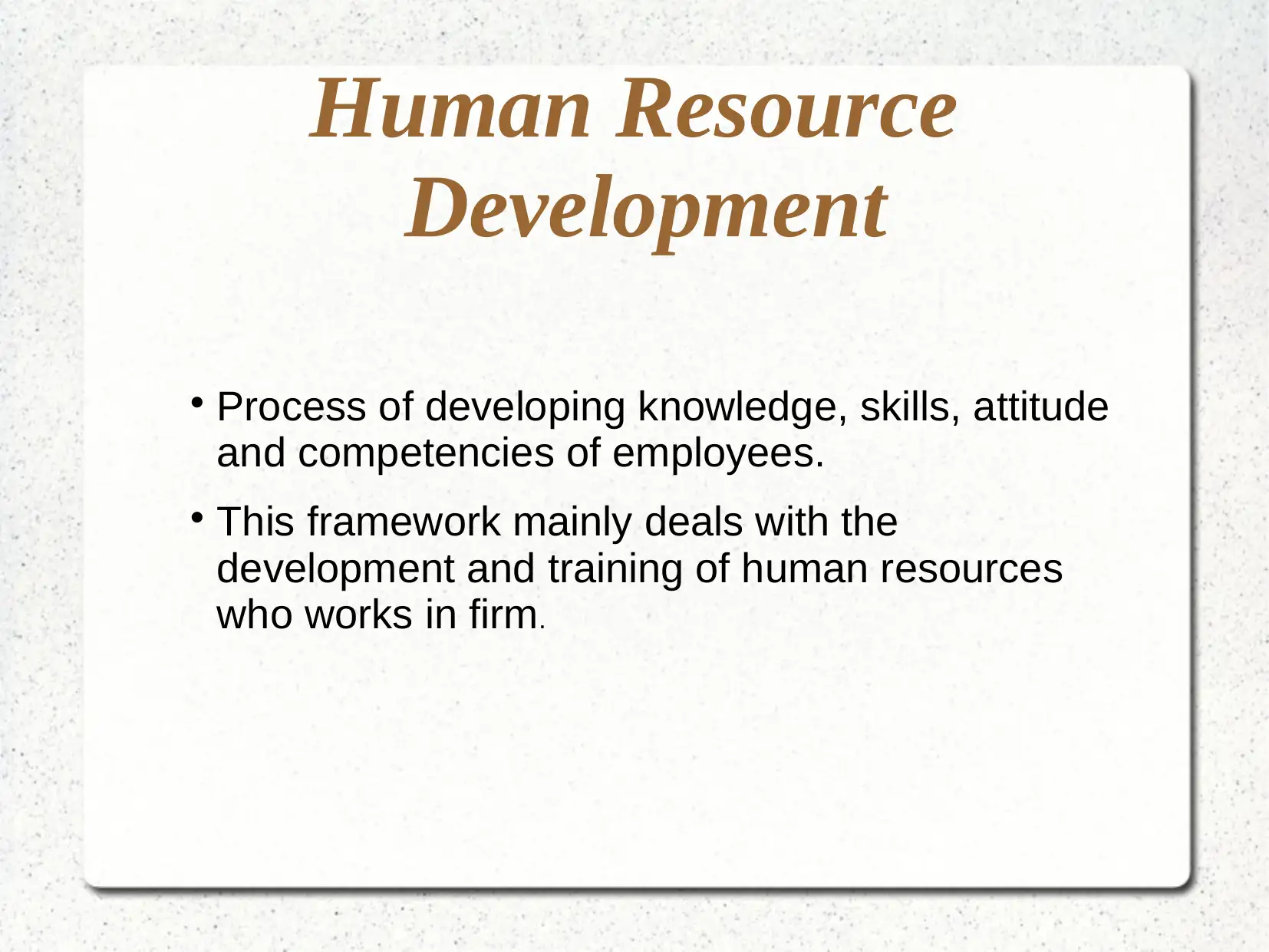



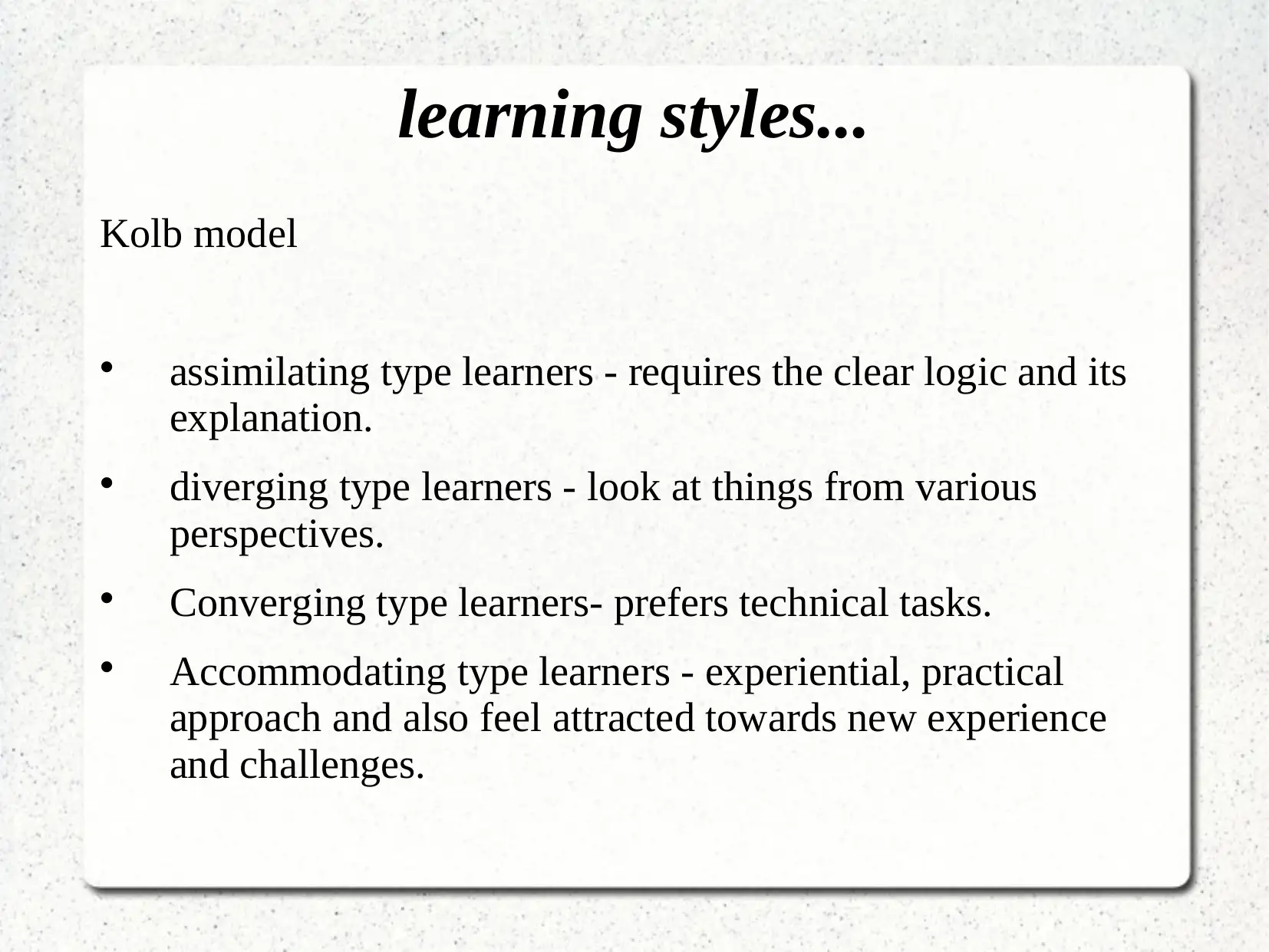
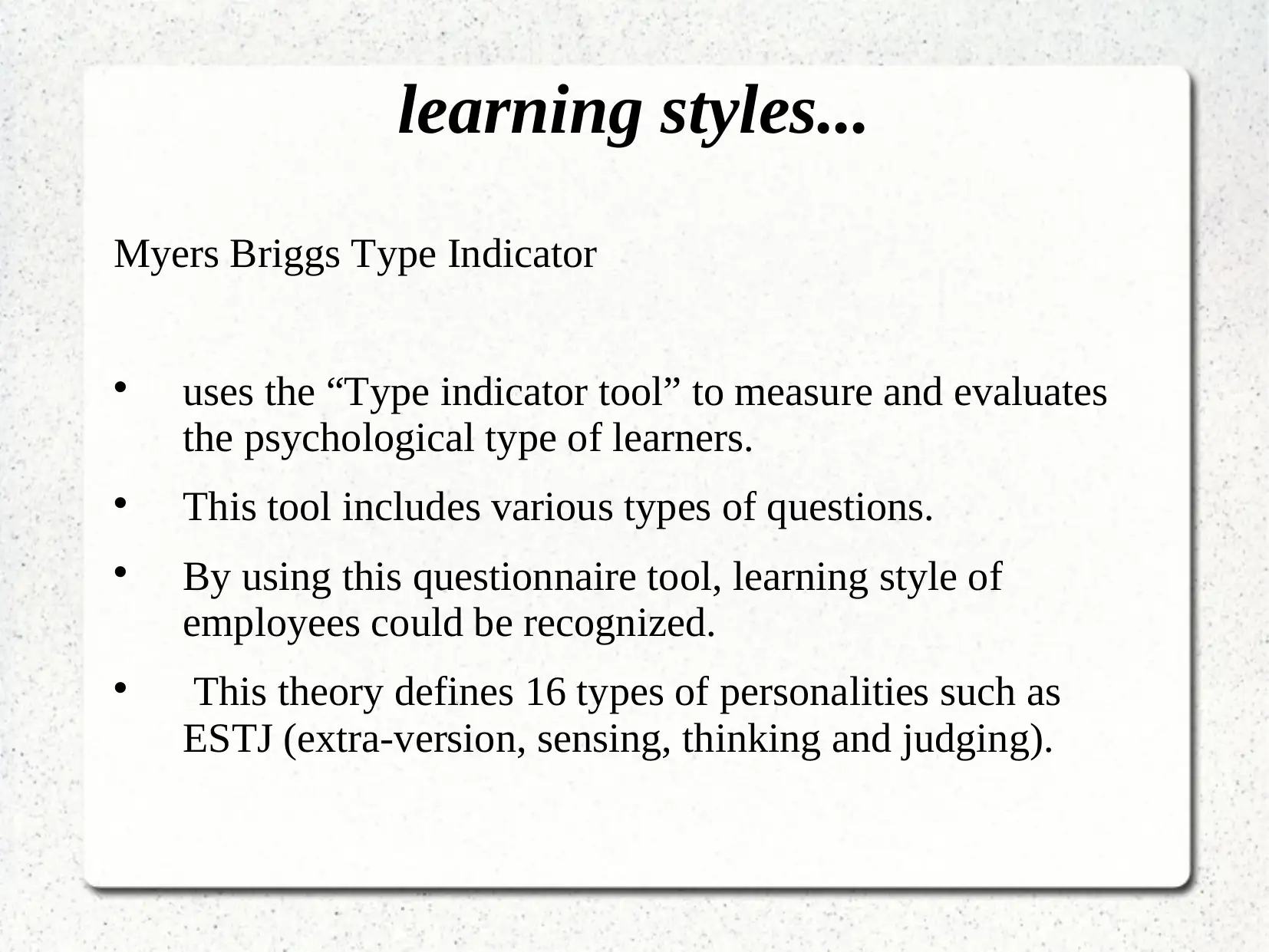

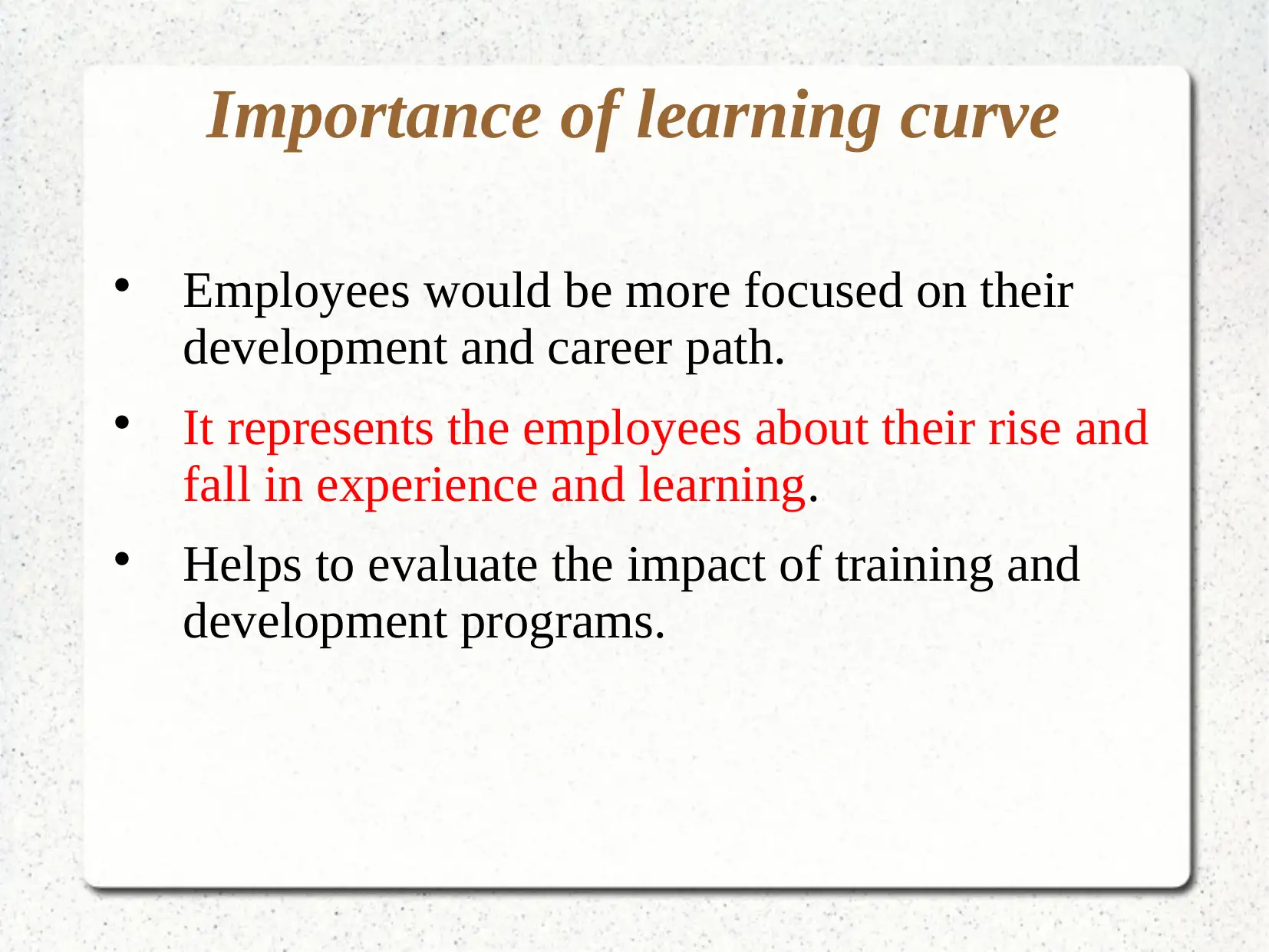
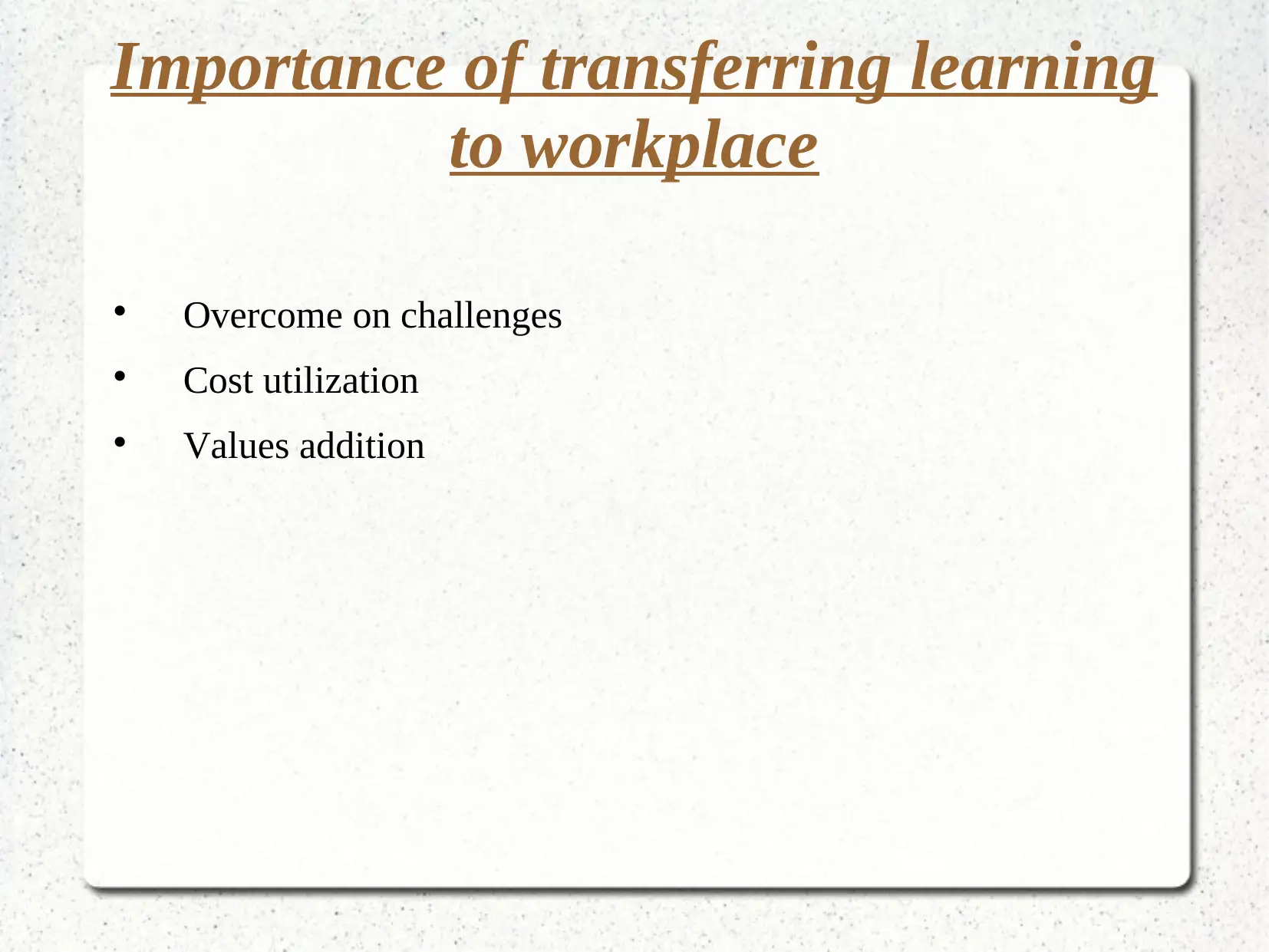









![[object Object]](/_next/static/media/star-bottom.7253800d.svg)